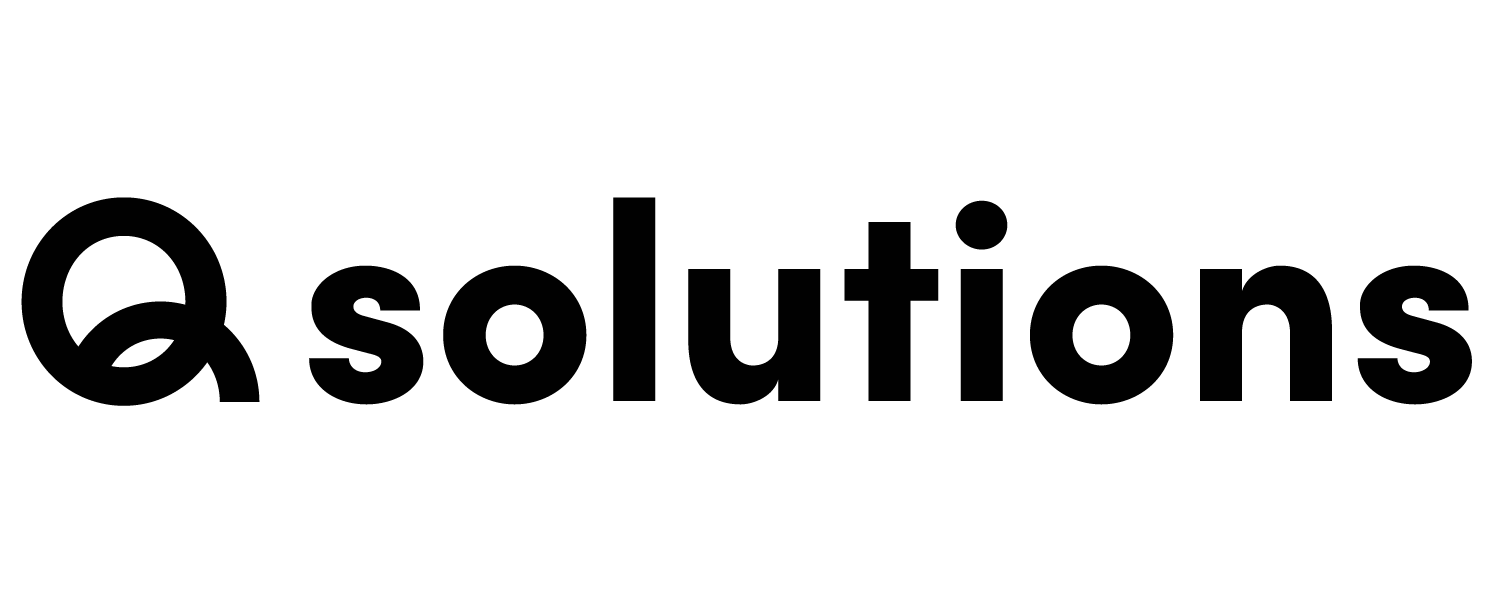The world of design often sees templates as restricting creativity, forcing artists to conform to pre-determined structures. But we believe there’s a better way – we’re working on an innovative solution called iterative templating. By transforming templates into evolving, adaptable starting points, we empower designers to stay true to their artistic vision while simplifying processes and enhancing efficiency. Rather than forcing designers to start from scratch with a template that they may not be happy with, we use templates as a way to get structured data into InDesign quickly and easily. Imagine InDesign templates acting as living, breathing canvases that adapt and improve with each project, leaving designers free to unleash their full potential.
The Iterative Approach
Step 1. Customizable template foundation: Together with our clients, we will craft basic template that outlines the desired layout and structure of a project. The degree of flexibility varies depending on the client’s needs – from strict guidelines on font sizes and styles to more open-ended layout concepts. For example, it might include specific rules for font sizes and styles, or it might simply specify the general layout of the page.
Step 2. Design, adapt, repeat: Once the template is in place, the designers can start creating pages based on it. However, instead of simply duplicating the template over and over, it is used as a starting point. The template acts as a launchpad for designers to create pages. As designers (re)design the pages, we automatically create a new template out of it. This process leads to the automatic creation of an improved template, which is then available for future projects.
More Than Reusability
Using iterative templates means that every design created in the process is reusable, and can be used as a starting point for future projects. By building a library of templates and designs over time, we can optimize and streamline the design process. When the number of templates grows.But the benefits of our iterative templating solution go beyond just reusability.
- Unleashing creativity: Liberating designers from the constraints of rigid templates allows them to focus on their creative vision. By eliminating the need to wrestle with technical formatting and layout, we empower designers to produce higher-quality designs.
- High quality output: As the templates evolve and incorporate feedback, each subsequent design benefits from the refinements of its predecessors. This ensures a consistently high level of quality in every design we deliver.
In conclusion, templates don’t have to be a limitation on your creativity. By using them as a starting point for your designs and giving you the freedom to iterate on them, we can help you produce better designs faster and more efficiently. So don’t be afraid to embrace templates – they might just be the key to unlocking your creative potential
